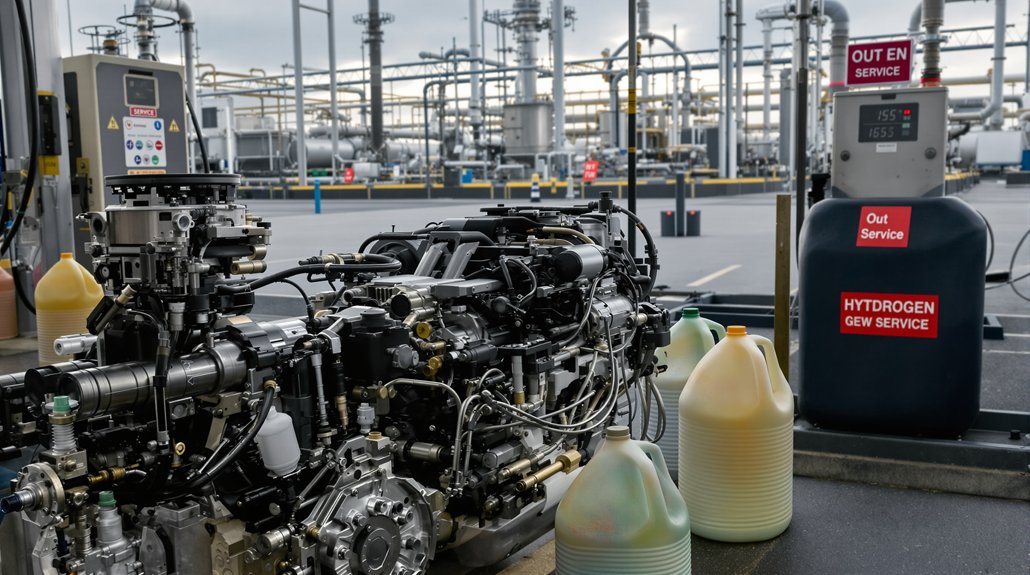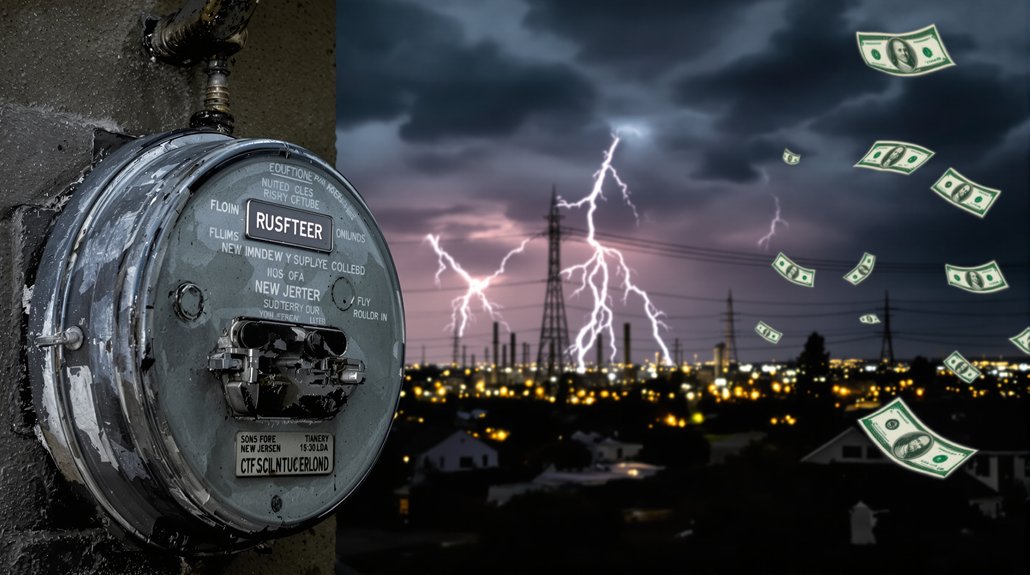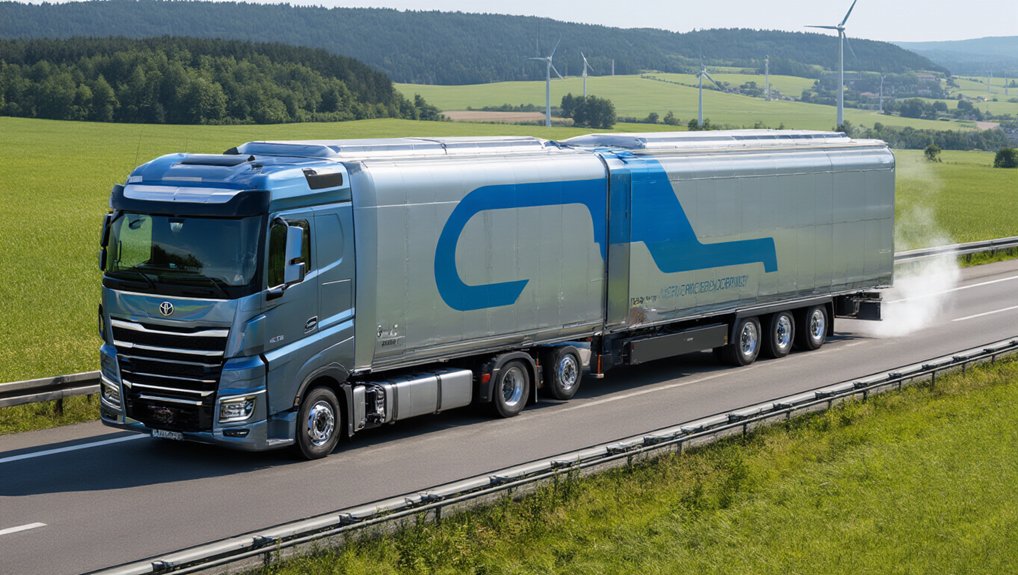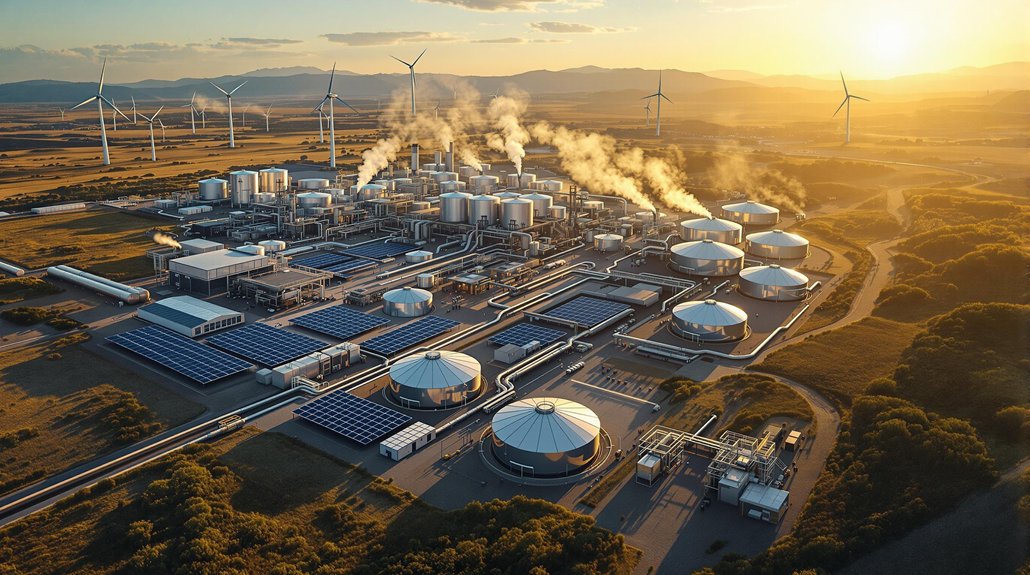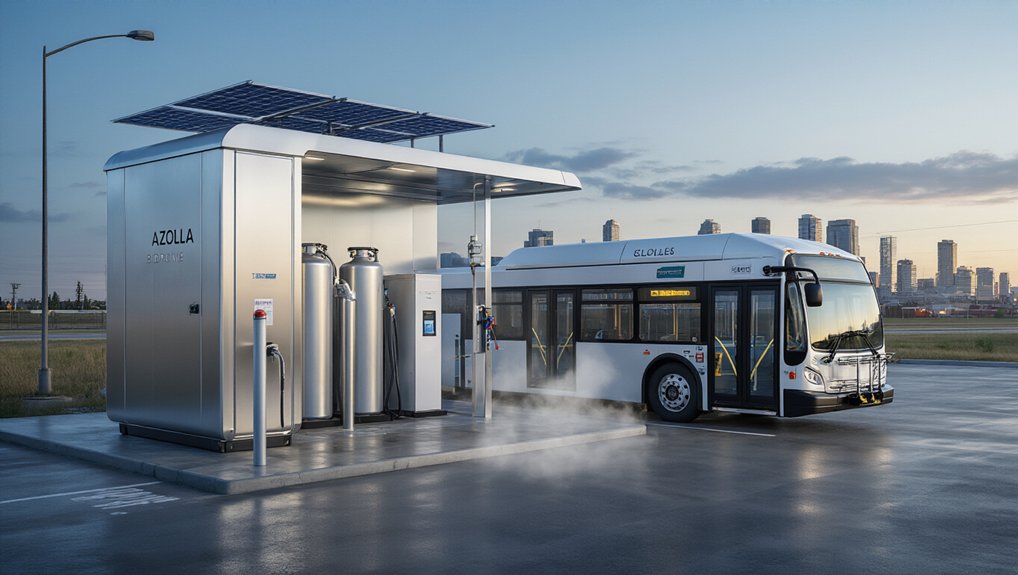While traditional combustion engines continue to dominate our roadways, hydrogen engines are quietly transforming the automotive environment. The industry loves to boast about two main technologies—hydrogen internal combustion engines (HICE) and hydrogen fuel cells. Both claim zero emissions. Both promise a greener future. But what’s the real story here?
Behind hydrogen’s clean-energy hype lies a technology still struggling to deliver on its ambitious promises.
Let’s get one thing straight. Hydrogen engines aren’t magical devices creating energy from nothing. Where that hydrogen comes from matters. A lot. Most of today’s hydrogen? It’s made from natural gas through steam methane reforming. Not exactly the clean, green solution they’re marketing.
Sure, electrolytic hydrogen from renewable energy exists, but it’s a tiny fraction of the market. Convenient detail to overlook, isn’t it?
HICE vehicles are fundamentally modified gas engines. They need hardened valves, custom injectors, and ignition upgrades. More parts, more problems. Fuel cells are different—they generate electricity through an electrochemical process. No combustion. Just water vapor emissions. Sounds perfect, right? Well, almost.
The infrastructure just isn’t there. Try finding a hydrogen filling station outside California or specific urban hubs. Good luck. Meanwhile, electric charging stations are popping up everywhere. Hydrogen refueling takes 3-5 minutes, though. That’s nice.
Performance-wise, hydrogen has drawbacks. HICE engines with port injection only reach about 85% of gasoline power output. Direct injection systems do better, sometimes exceeding gasoline power by 15%. Fuel cells deliver consistent torque, like all electric motors. They’re quiet too. No roaring engines here.
Cost is another factor nobody wants to discuss. HICE engines cost roughly 1.5 times more than typical gasoline engines. Plus, you need specialized components and high-pressure carbon-fiber tanks. Unlike geothermal energy with its capacity factors above 90%, hydrogen technologies still struggle with efficiency challenges. The most common type available today is the Fuel Cell Electric Vehicle, which uses fuel cells to generate electricity rather than burning hydrogen directly.
The technology works. The science is sound. But the practical realities? The infrastructure challenges? The true environmental impact? Despite claims of zero emissions, HICE vehicles still produce nitrogen oxides when hydrogen burns in air. Those are the inconvenient truths the hydrogen evangelists don’t highlight in their glossy brochures. Sometimes reality isn’t as clean as water vapor.
References
- https://www.lhyfe-heroes.com/about-hydrogen/how-does-a-hydrogen-engine-work
- https://en.wikipedia.org/wiki/Hydrogen_internal_combustion_engine_vehicle
- https://www.lhyfe-heroes.com/about-hydrogen/what-is-a-hydrogen-engine-a-comprehensive-guide-to-hydrogen-powered-technology
- https://driveclean.ca.gov/hydrogen-fuel-cell
- https://www.youtube.com/watch?v=NoPLxldm_ME
